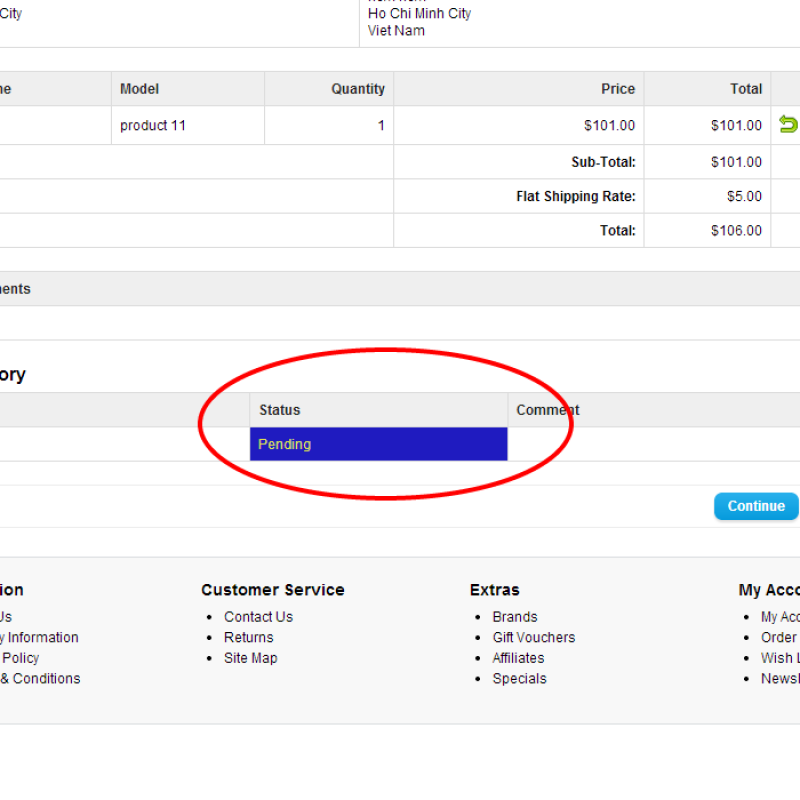

Inside the DarkColorPalette variable, add a new color definition for surface and set its value to the graySurface color that we set in #2. but, with that, we also have our text color changed but not the puppy card color.Ĥ. We can see that our background has changed. Inside BarkTheme composable, replace the darkTheme default value from isSystemInDarkTheme() to true.Since in our case, we need to enable dark mode for our app, do the following: These are all the classes that you need to modify the theme and styling of your app. If you open you project directory, you can see that you already have /ui/theme directory and inside that, you have a few Kotlin classes: Color, Shape, Theme, Type. Let's explore a bit more to see what we mean.
Status color ui android#
If that's the final look we want (or if we want an app that has support for Dark mode), it's super easy with how our project is set up initially by the Android Studio template.
Status color ui code#
In case you’re not fond of reading blog posts, I’ve also turned this 4-part Jetpack Compose series into a 13-minute speed code video with some laid back music for you to watch and relax to! 😊 🐶īut as I mentioned, we still have some things to do before we call it a complete Compose app. As of Part I, we successfully implemented a RecyclerView (known as Laz圜olumn in Compose), populating it with a list of puppies that we have for adoption.


 0 kommentar(er)
0 kommentar(er)
